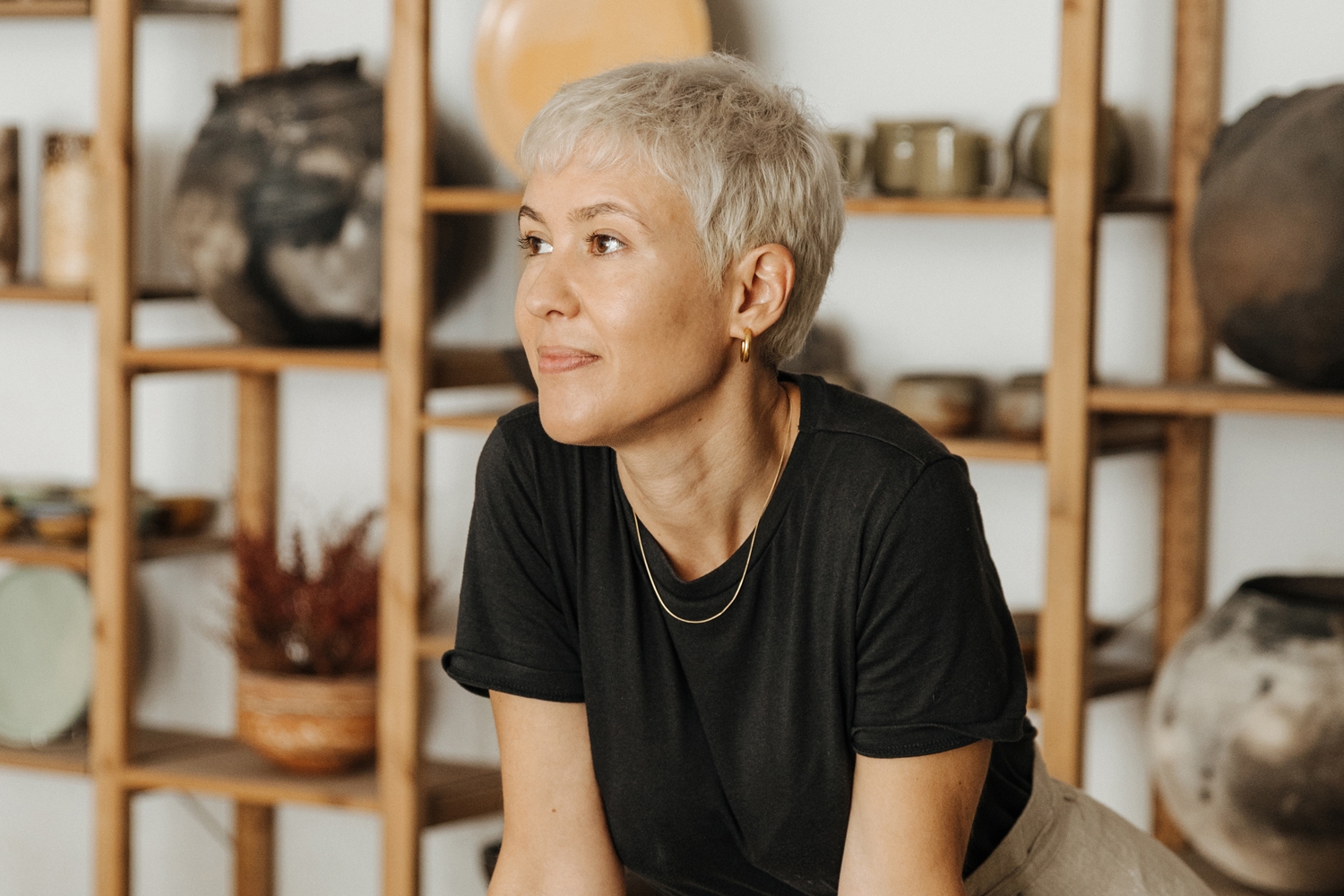
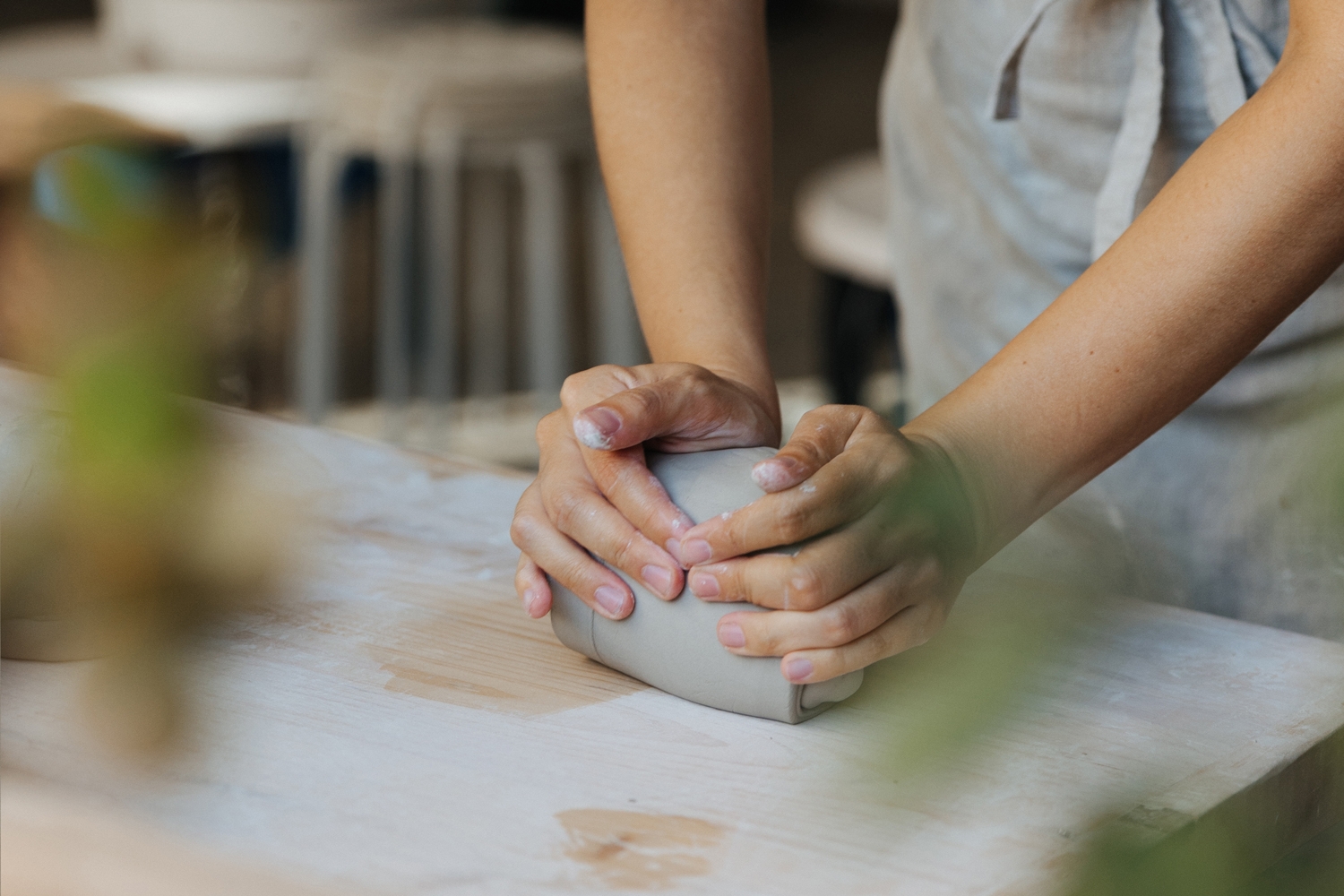
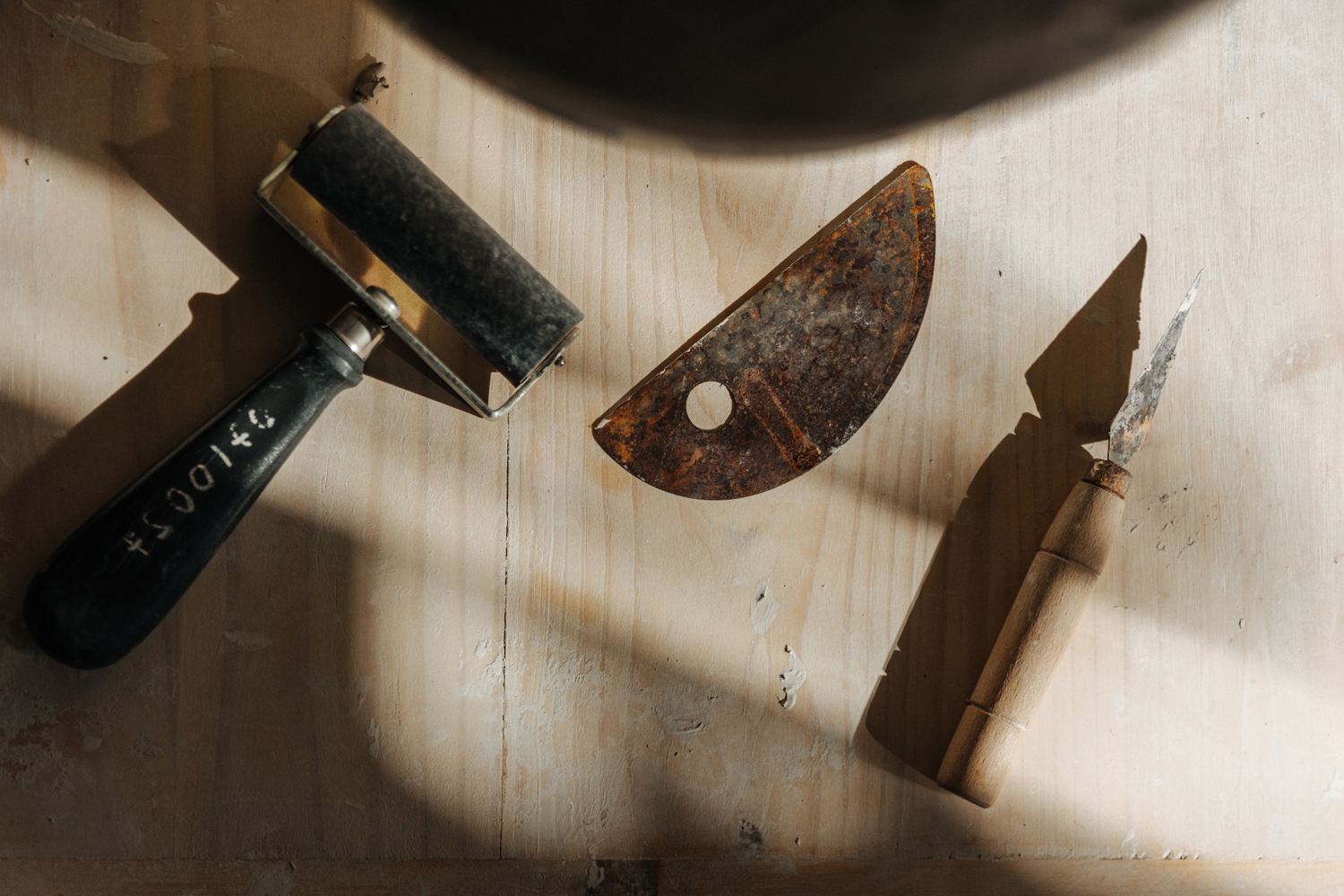
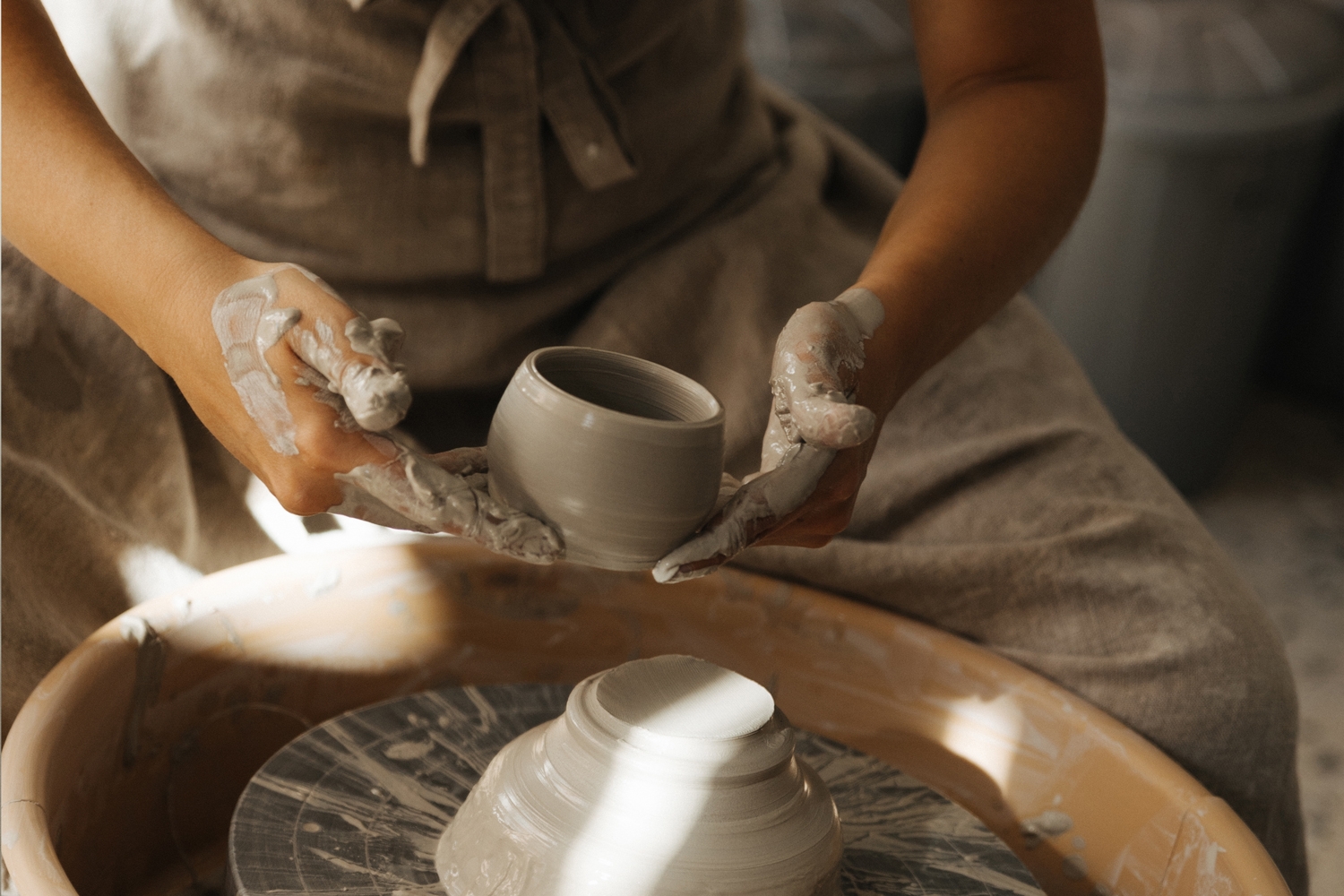
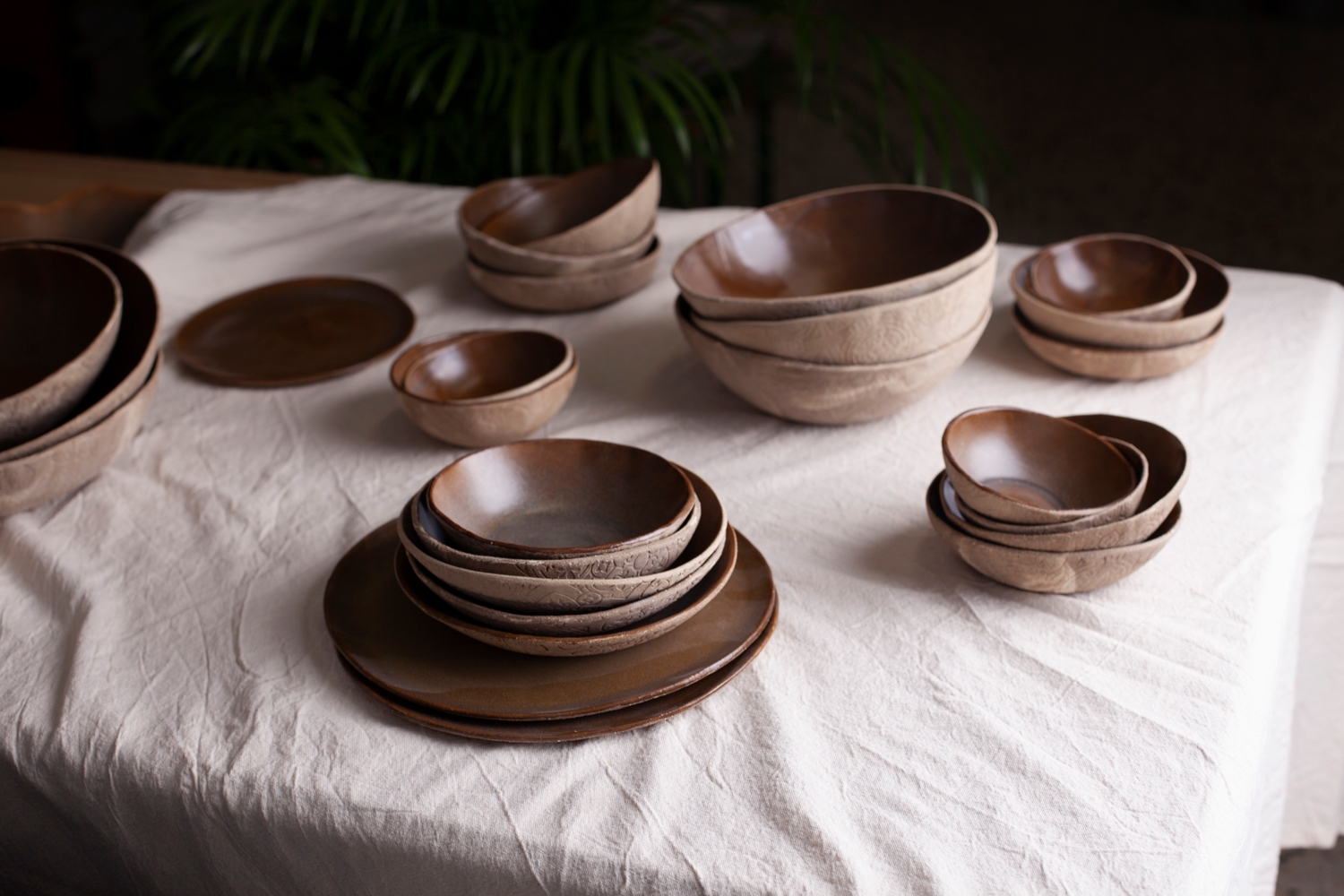





Stefania Vara’s ceramic works are reminders of her heritage, travels, territory, and rituals. Her close work with patients with cognitive disorders such as dementia and Alzheimer’s disease during 14 years of nursing practice in Barcelona revealed to her the fragility of memory. Breaking away from her family's tradition in healthcare, she discovered a new path in photography at Escola Grisart in 2012, and later studied art and design at Escola Massana. In 2016, she took up ceramics at Escola Industrial in Barcelona. “What I like most about ceramics is the investigation and exploration it demands, and the process of working with one’s need to control outcomes,” explains Stefania, who rejects serial production, embracing imperfection and uniqueness. She receives commissions from top-tier restaurants, and several of her sets have travelled with Michelin-star chefs around the world. Stefania also operates a ceramics school from her workshop, LaFANGdanga.
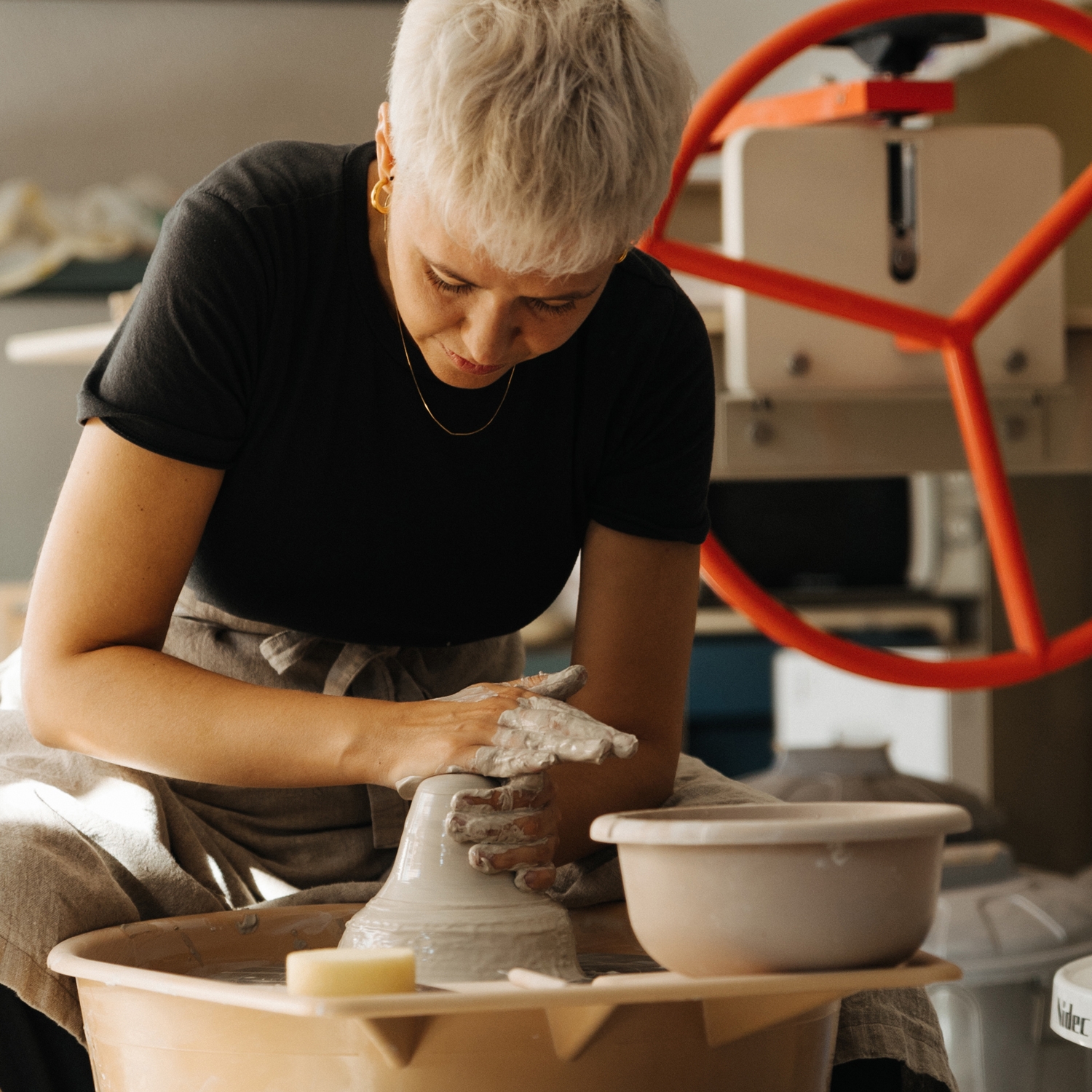
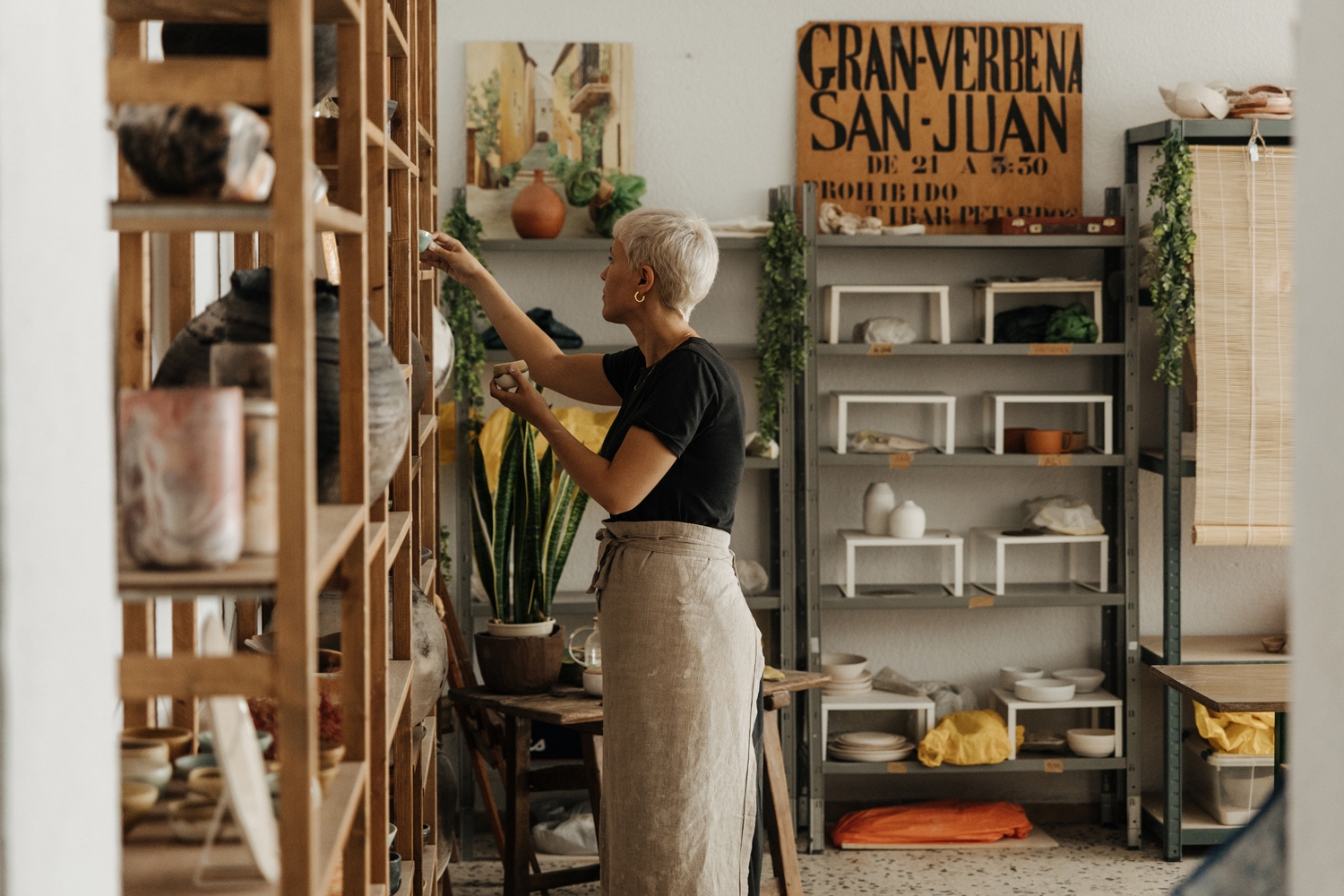
Stefania Vara